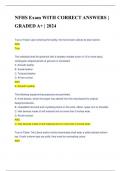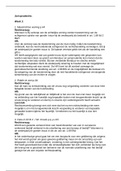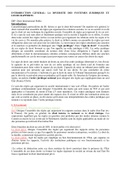Resumen
Summary Introduction to Controversy and Authority
- Grado
- Institución
- Book
This document holds the summary of notes needed for A2 5 CCEA Celtic exam; specifically on the Paschal Controversy and the events leading up to the Synod of Whitby.
[Mostrar más]













